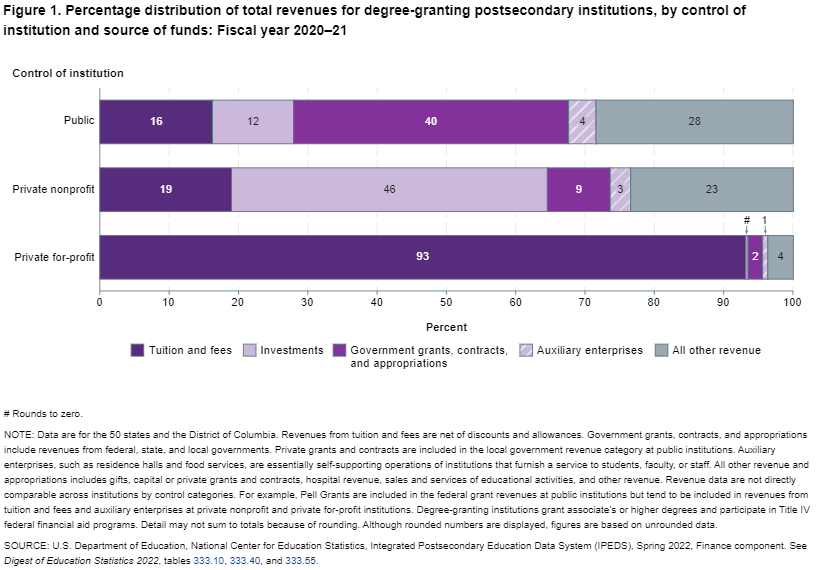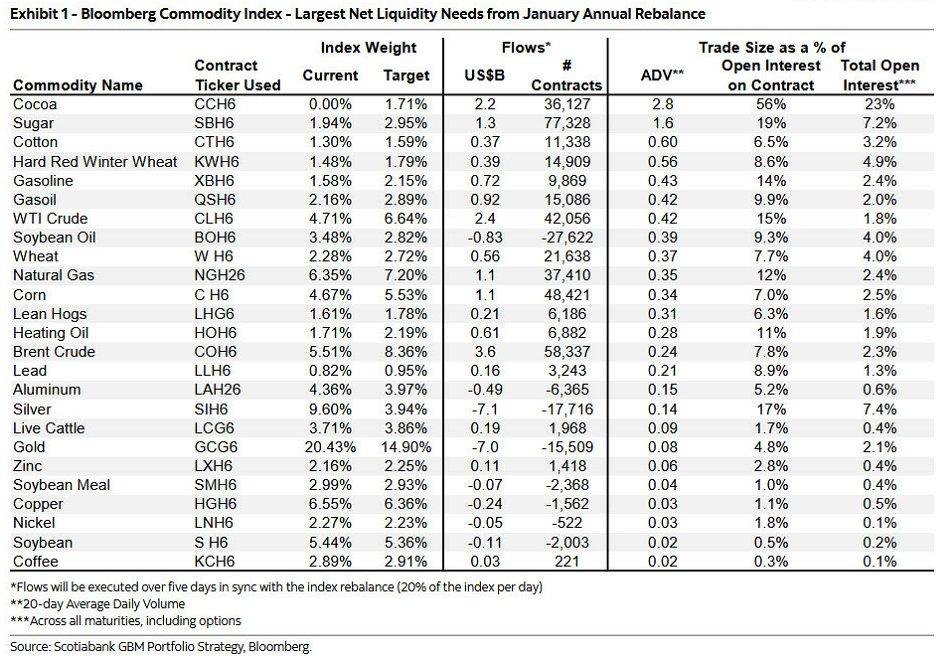So many of the problems with higher education stem from the involvement of government in the market.
Not a day goes by without a TikTok video surfacing of unhappy Gen-Zers or millennials lamenting their career choices that stemmed from college education. On top of this, student debt has become a hot-button political issue. And nearly every conservative laments the rise of such degrees as “gender studies” or “sociology” that seem to be little more than proxies for progressive ideological indoctrination with a price tag. Higher education has become a mess.
Though the above issues may only seem loosely connected by their relation to higher education, they share a more specific point of connection: government funding of universities. From direct funding to student loans, the United States federal government has acted in a way that divorces the customers from the producers of higher education, and the result has been one problem after another. Chief among those problems is ideological bias and the unmarketable degrees mentioned above.
The growing problem of a left-wing intellectual orthodoxy is particularly concerning. In an academic setting, left-wing aligned professors outnumber their right-wing counterparts five to one. Conservative students are often afraid of expressing their views, being regularly outnumbered by liberal-leaning students. A study on the University of North Carolina system found that liberal students dominated with a three to one ratio to conservative students and that conservatives faced the bulk of pressure to not express their views. Gone is the age of valued debate in the “marketplace of ideas.”
Sadly, many of the proposed “solutions” by conservatives are lacking. They likely will only make things worse than they already are.
The Core of the Problem
As mentioned above, the government has fundamentally divorced the consumer-producer relationship that should exist in higher education. If conservative students are among the customers, then surely their viewpoints should be reflected in universities, no? Discrimination is expensive, as you either alienate productive employees or potential customers. Some universities might find value in discriminating against certain viewpoints, but that is true of every market good. It might be costly to discriminate against effective conservative professors or eliminate a consumer base, thus they will tend to cost more. Most universities will realize this is a poor business decision and thus cater to all their customers.
But are students truly the customers?
Figure 1: Percentage distribution of total revenues for degree-granting postsecondary institutions, by control of institution and source of funds (2020–21)

Source: National Center for Educational Statistics.
According to the Center for Educational Statistics, in the fiscal year 2020–21, over 40 percent of public-university revenue was provided by government grants, contracts, and appropriations. That compares to just 16 percent coming from student tuition. If one looks at even that small revenue amount paid for by tuition you might spot evidence of government money. Economics Data Initiative reported in 2021 that over 92 percent of student loan debt is federal student loan debt—meaning it is taxpayer money fronted to new students to pay their college tuition and costs. Seeing as there have not been any significant, if any, changes to the federal student loan system, the percentage of tuition coming from student loans is likely still overwhelming.
The Core Applied: Ideological Bias
Conservative as well as many libertarian students have lamented the fall of higher education. It has become a liberal hegemon as evidenced above. This stems from the fundamental divorce in consumer-producer relations.
The revenue stream that colleges rely upon is not from the pockets of their own customers. They rely upon a flow of money from the government. If conservative students remove themselves, who cares? They have no reason to adjust their business model as their customer base was never really the student body but rather government bureaucrats who offer them grants, endowments, and the like.
Traditionally, providing professors who have potentially controversial points of view with a secure job was the role of tenure. However, the tenure system relies upon the consent of one’s colleagues and likely one’s provost. With an overdominant liberal orthodoxy, there is little reason for them to allow a professor who doesn’t fall in line unless the professor manages to conceal their views.
The government stepping between the consumer (the students) and the producers (the universities) changes who is catered to. The divorced college appeals to the entrenched bureaucrat rather than students who may have different social or political views. This is in terms of free speech policy and in its staffing policies.
The Core Applied: Unmarketable Degrees
If one has paid attention to any amount of news related to universities, especially Harvard as of late, they are aware of the power of donations. Revenue from students isn’t the only source for money and operations of a university. Donors play a large role in the shaping of policy. Reliance on donors might provide an insight into how unmarketable degrees might be eliminated.
Only successful alumni can donate to universities. A college who wants the most revenue from their alumni must create those alumni. Successful alumni rarely come from those with the unmarketable degrees above. They must cut the chaff, removing the degrees that aren’t conducive to a return on their proverbial investment.
Is There a Solution?
If one asks Ramesh Ponurru, a columnist for the Washington Post, the solution is simply to spend more money on universities. Primarily, he suggests that the government fund centers that promote more diverse points of view. This may work for specific universities, but to tackle all the problems one might offer a different solution. Dumping more money rarely solves a problem caused by the government.
If one removes government spending on universities, it will force their revenue stream into the hands of students and donors. Conservative students revoking their funds will have a much more significant impact on university revenue, meaning that as a business higher education would be forced to cater toward them or face losses.
If one returns power to the customers, the students, then it is far more likely for this process to receive an overhaul that results in more diversity of thought amongst the educators. Colleges as a business will have a vested interest in providing this diversity, as their bottom line relies upon it.
Ousting students over their political views also becomes unprofitable. Preventing students who deviate from liberal thought from expressing their views, and actively punishing that, will result in a loss of revenue. Thus, shifting to a consumer-funded model would go a long way toward alleviating the problem that is a lack of diversity of thought in higher education.
The solution, as is often the case, for many of the problems facing higher education is to get the government out of it. The government divorces the essential connection between customer and producer in education, meaning that the universities do not cater to the students but rather to the government. When higher education caters to the government for funding, they are more likely to express views the government would like to hear. Research will be manipulated in a way to secure further governmental funding rather than provide actual results. The government’s tentacles spread into the system and pervert it in such a manner that it no longer reflects the values of those who wish to use the service. Instead, it reflects the whims of the government.
One can solve these problems by treating higher education the same as any other business on the marketplace. Universities and colleges should not be given favoritism or protectionism by the government any more than any other business. Competition will improve quality and push down prices, as is the law of the free market. Fixing the problem doesn’t involve spending more on higher education—it involves spending less.
Full story here Are you the author? Previous post See more for Next postTags: Featured,newsletter

























